The Kaiser's men’s medals
Article about: The Kaiser's men’s medals (and Homelands) Some time ago acquiring this postcard for my collection. It’s a small piece of art on paper that someone used on April 21, 1916 It’s an incred
-
03-04-2024, 09:03 PM
#201
-
03-04-2024, 09:12 PM
#202
-
03-04-2024, 09:15 PM
#203
-
03-04-2024, 09:24 PM
#204
-
03-04-2024, 09:34 PM
#205

After the failure of the Seymour Expedition (June 10-28), the Allied nations realized that they would need a much more powerful force to break through to Peking and ending the siege of the legations.

Lieutenant-General Alfred Gaselee, commanding the British forces in China
Thus, the new international force, with British Lieutenant General Sir Alfred Gaselee a British officer in the Indian Army as commanding officer, which was called the Eight-Nations Alliance, reached 54,000 troops. It was composed of Japanese soldiers (20,840), Russians (13,150), British (12,020), French (3,520), Americans (3,420), Germans (900), Italians (80), Austro-Hungarians (75) and Chinese anti-boxer troops.
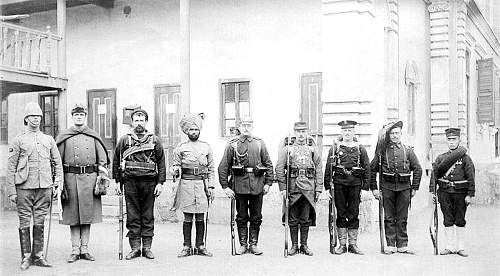
From left to right: English, American, French (navy), Indian, German, French (infantry), Austrian, Italian and Japanese.

Colored

Representative soldiers of the United Eight States from USA, India, France, Italy, UK, Germany, Austria-Hungary and Japan.
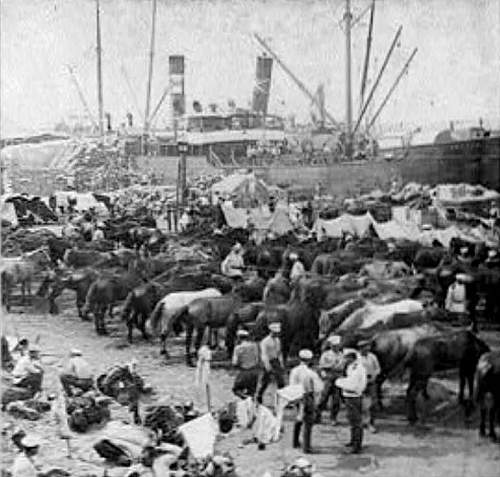
Foreingn invasion forces disenbark in Tai Ku
In response to this invasion, Empress Dowager Cixi (sometimes spelled Tzu Hsi) ordered her imperial forces to block Gaselee's advance toward Beijing....
-
03-04-2024, 09:39 PM
#206
-
03-05-2024, 03:59 PM
#207
-
03-05-2024, 04:22 PM
#208

The Final Push, the Taking of Peking and the Release of the Siege

American troops in Tiensin
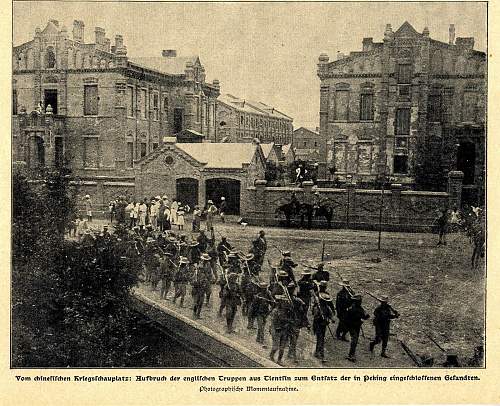
British troops in Tiensin
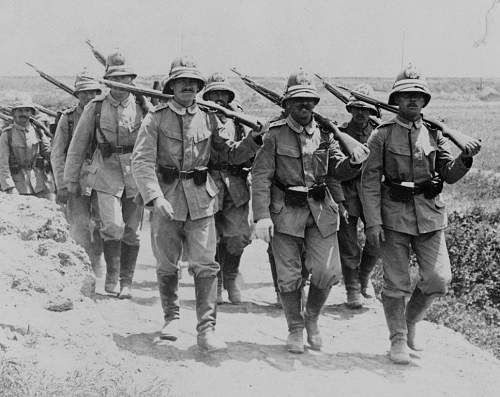
German troops marching
Reorganized after the Tientsin fighting, the Allies set out again on 4 August (there were about 120 kilometers left from Tiensin to Beijing) The march was not particularly hard, although along the way, in front of them were approximately 70,000 imperial soldiers and between 50,000 and 100,000 boxers.

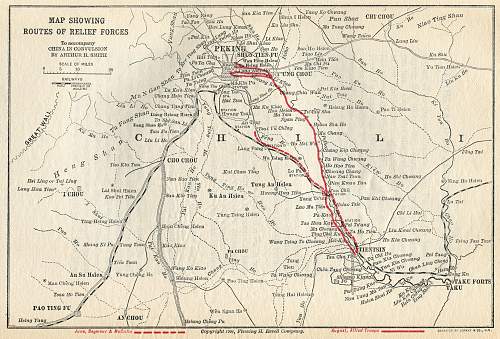
Map of the two expeditions: Seymour's unsuccessful one and Gaselee's one that finally reached Beijing

The Chinese were defeated at Peitzang (Beicang) about 30 kilometers from Tiensin, where the U.S. 14th Infantry Regiment and British troops led the assault, and at Yangtsun (Yangcun) on August 5 and 6.

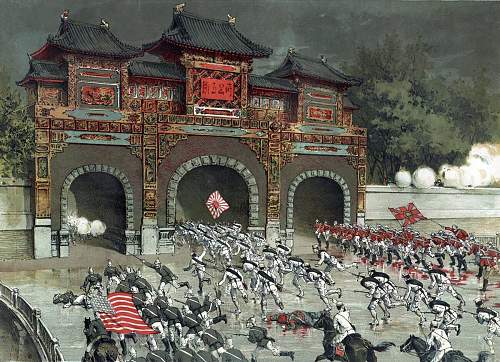
The race to take Peking first

Kampf der deutschen marinetruppen am Tschien Mien thor in Peking - Battle of the German naval troops at the Chien Mien Gate in Beijing
Despite its military successes, the international relief force suffered greatly from heat exhaustion, heat stroke, and disease. The weather was a major obstacle, as it was extremely humid, with temperatures occasionally reaching 110 degrees Fahrenheit (43 degrees Celsius). By the time they reached Peking, the column's effective fighting strength had been reduced to about 10,000 men
Last edited by TabsTabs1964; 03-06-2024 at 12:40 PM.
-
03-05-2024, 04:26 PM
#209
-
03-05-2024, 04:30 PM
#210
Similar Threads
-
In New users approval forum
-
In Medals, Orders & Decorations
-
In Field equipment, kit and other
 Posting Permissions
Posting Permissions
- You may not post new threads
- You may not post replies
- You may not post attachments
- You may not edit your posts
-
Forum Rules



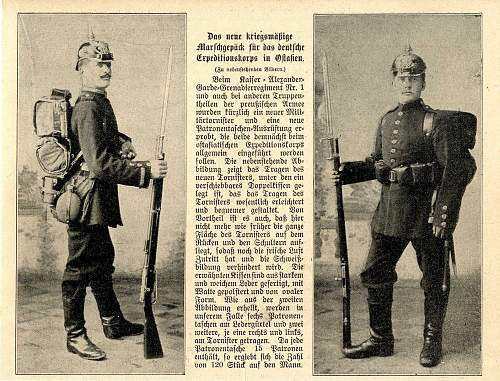


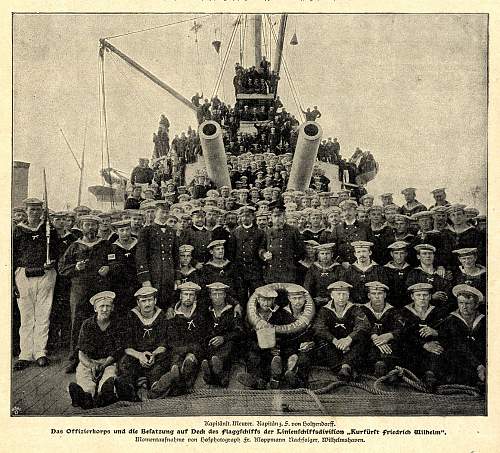
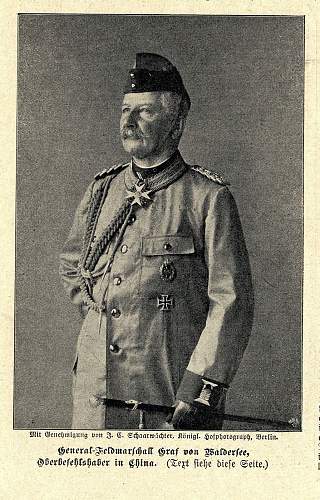
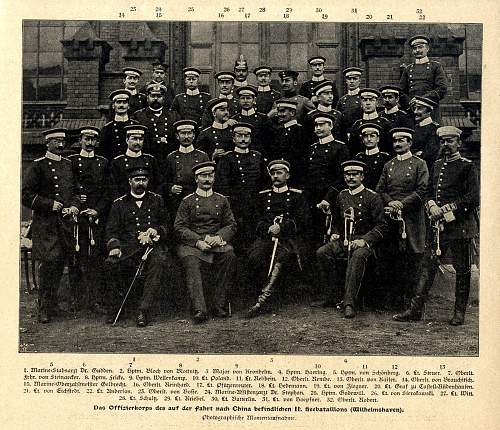

 .
.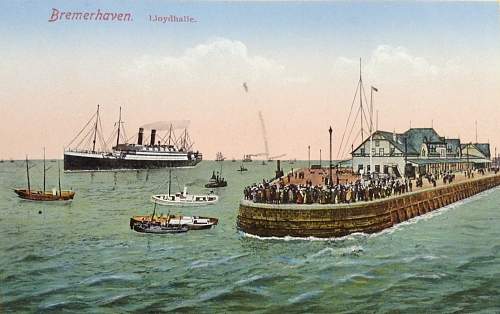



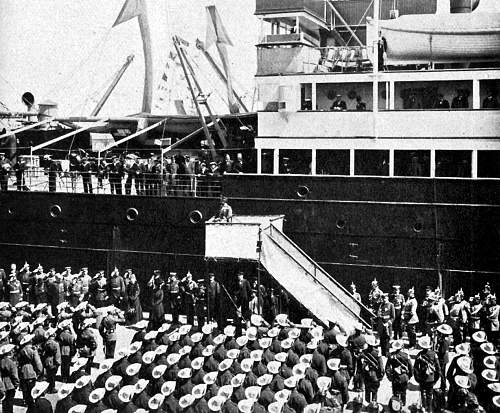
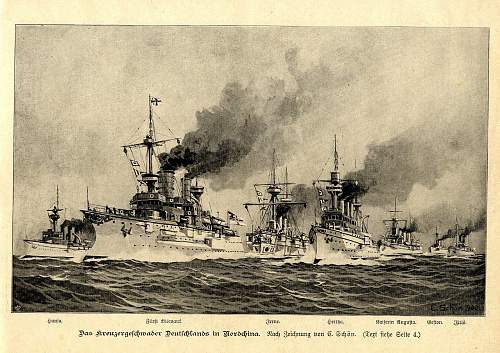
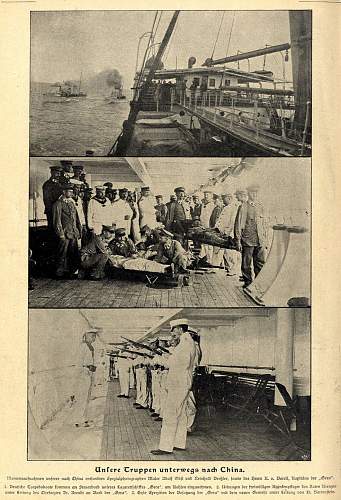
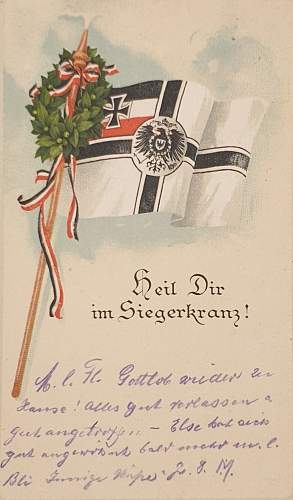

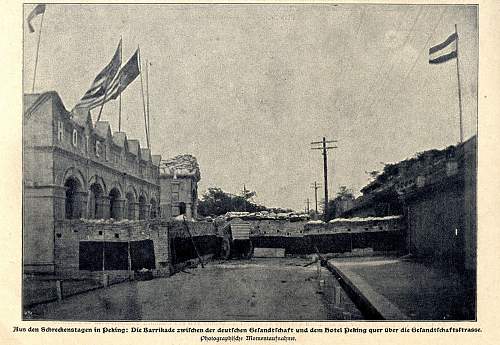
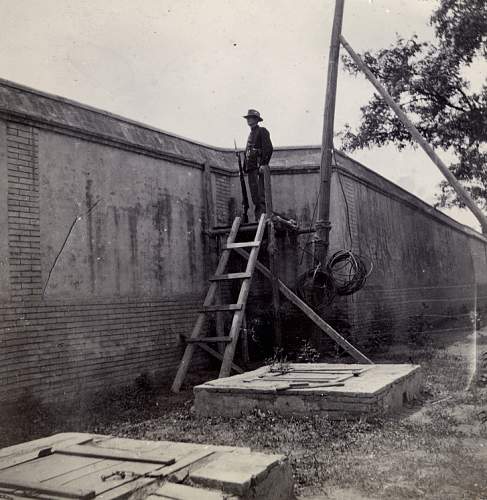
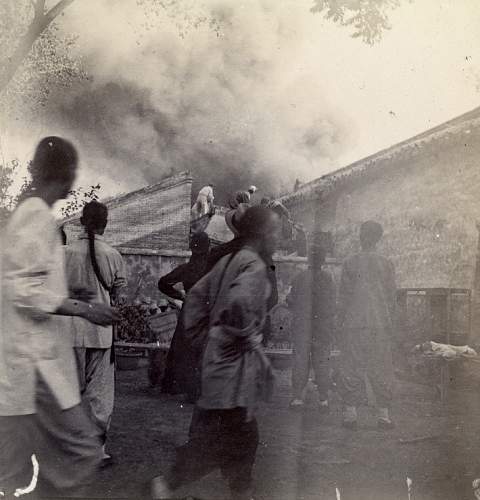
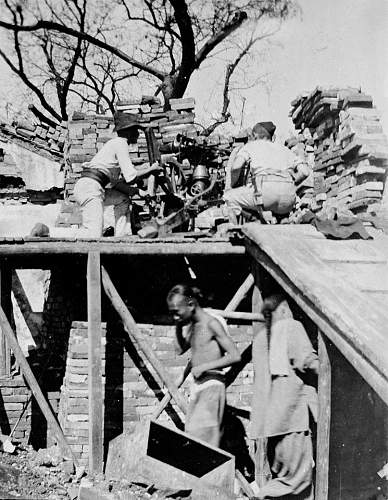

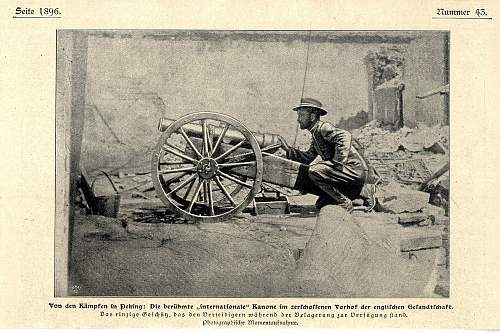





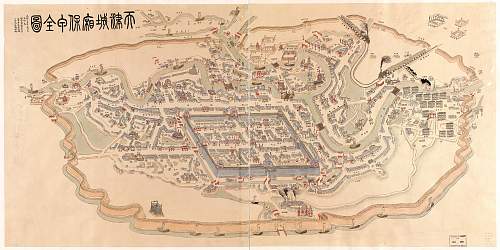

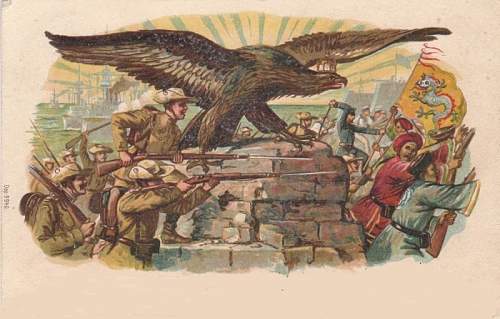
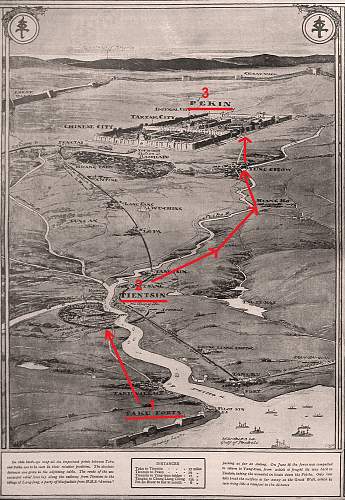

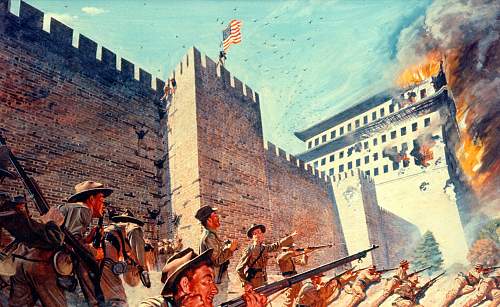
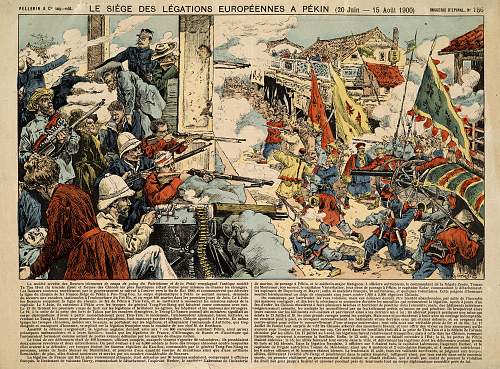
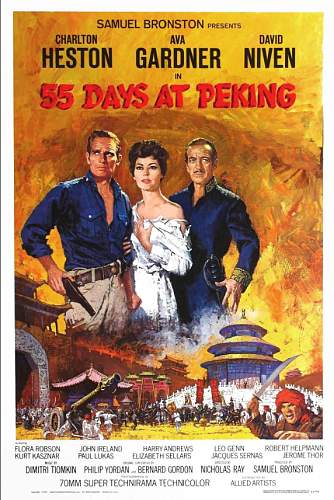










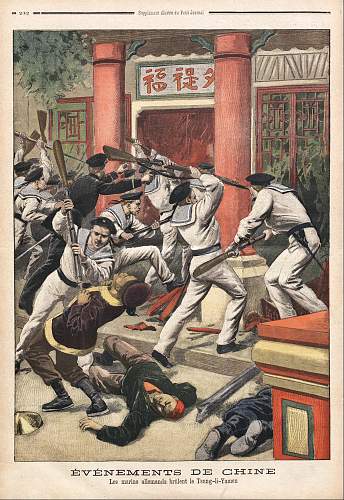



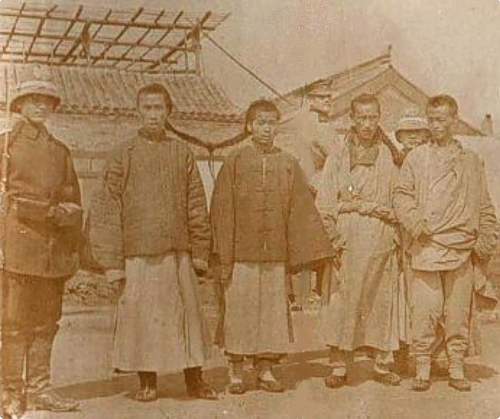
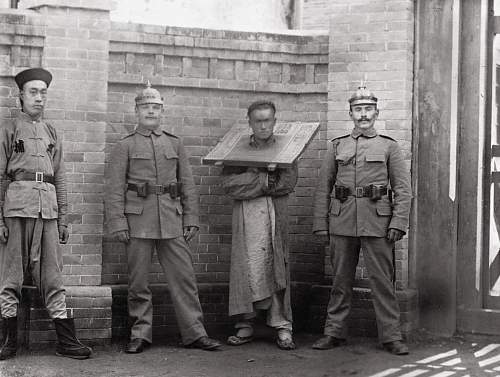
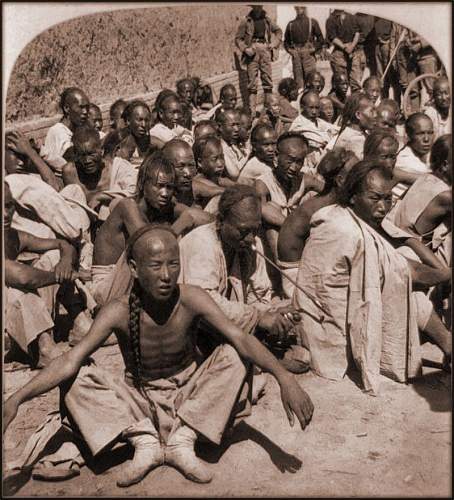
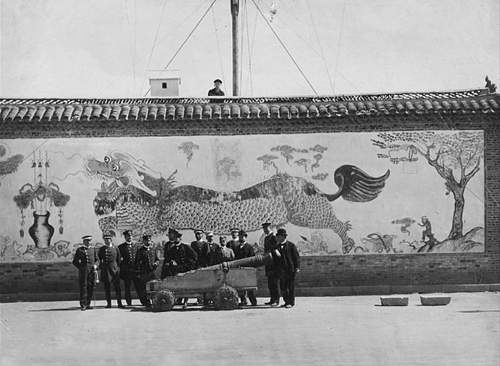
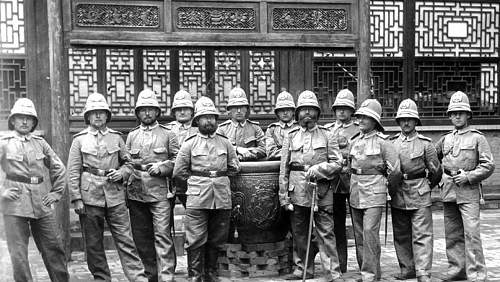

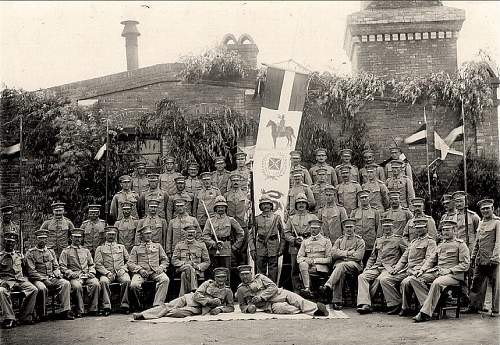



Bookmarks